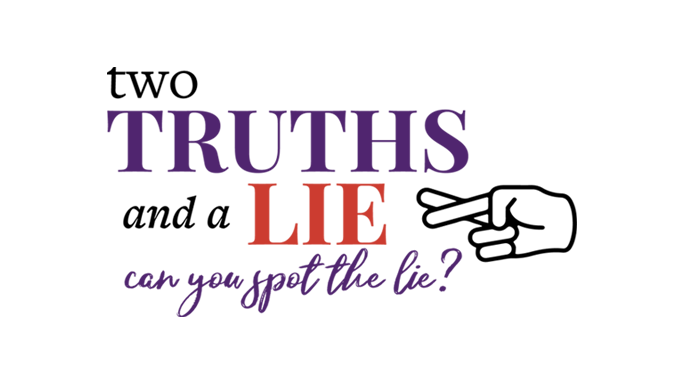In 2020, America witnessed a historic surge of violence, with the total number of homicides jumping by nearly 30%, the largest single-year increase ever recorded. High levels of murders and shootings have continued in 2021. How much do you know about this violence and how we can reduce it? Let’s play “Two Truths and a Lie” to find out.
A. The COVID-19 pandemic was the main driver of the 2020 murder spike.
B. Several cities set homicide records.
C. Police forces across America are facing a severe officer shortage.
Let’s take these statements one at a time:
A. FALSE. According to a study of 34 U.S. cities by crime researchers Richard Rosenfeld and Ernesto Lopez of the University of Missouri-St. Louis and Thomas Abt of the Council on Criminal Justice, the most dramatic increase in murders did not begin at the height of the COVID lockdowns in late March, April, or early May 2020. It began after the death of George Floyd in Minneapolis on May 25.
“Homicide rates were higher during every month of 2020 relative to rates from the previous year,” Rosenfeld, Lopez, and Abt noted. “That said, rates increased significantly in June, well after the pandemic began, coinciding with the death of George Floyd and the mass protests that followed.”
Floyd’s death ignited not only mass protests, but also deadly riots and fierce condemnations of policing as discriminatory. All of this served to demoralize the men and women who serve in law enforcement, discourage proactive policing, and embolden criminals. The result was a more intense and far-reaching version of what happened in many U.S. cities after the 2014 death of Michael Brown in Ferguson, Mo., or what happened in Baltimore after the 2015 death of Freddie Gray: a police pullback, followed by an explosion of murders and shootings.
“A close analysis of the emerging crime patterns suggests that American cities may be witnessing significant declines in some forms of policing, which in turn is producing the homicide spikes,” University of Utah law professor Paul Cassell wrote last year. “Crime rates are increasing only for a few specific categories—namely homicides and shootings. These crime categories are particularly responsive to reductions in proactive policing. The data also pinpoint the timing of the spikes to late May 2020, which corresponds with the death of George Floyd while in police custody in Minneapolis and subsequent anti-police protests—protests that likely led to declines in law enforcement.”
B. TRUE. In 2020, several cities—including Columbus, Indianapolis, Memphis, Louisville, Milwaukee, and Kansas City, Mo.—set all-time records for aggregate homicides. St. Paul tied its all-time record; Philadelphia finished one murder shy of its record; and Cleveland and St. Louis both posted their highest murder rate in modern history. At 87 per 100,000 residents, the murder rate in St. Louis reached a level we normally associate with war zones or gang-ravaged countries in Central America.
High levels of violence have continued in 2021. Through the first half of the year, total homicides were up by a combined 21% in 66 of America’s largest police jurisdictions, compared with the same period in 2020, according to the Major Cities Chiefs Association. More recent data show that, as of mid-October, murders were up by 45% in Albuquerque, 36% in Oakland, 31% in Columbus, 29% in Houston, and 24% in Louisville. Shootings in Portland skyrocketed from 388 in 2019 to 891 in 2020. By mid-October, there had already been more than 1,000 in 2021.
C. TRUE. The events of 2020 took a heavy toll on officer morale. The New York Police Department saw more than 5,300 uniformed officers—about 15% of its total force—either resign or file for retirement, according to the New York Post. Los Angeles, Chicago, Seattle, Portland, Louisville, Baltimore, Raleigh, Minneapolis, and many other cities are dealing with similar problems.
Agency size alone is no substitute for proactive policing. Still, putting more cops on the street helped reduce crime during the 1990s, and we clearly need more on the street today.
To learn more about the epidemic of violence in American cities, read the full policy focus here.

